

West Africa is the region outlined in red
Conditions of West Africa in the Early 1800s
► Slave trading with Europeans, with African kings enriching themselves and obtaining guns through their sales
► Human sacrifices, with decomposing bodies being left to rot in the sun and be eaten by animals and vultures
► Infighting among various tribes
► The encroaching Christianization threatened the traditional religions and customs of the people
► Hostilities between colonial powers and the original inhabitants
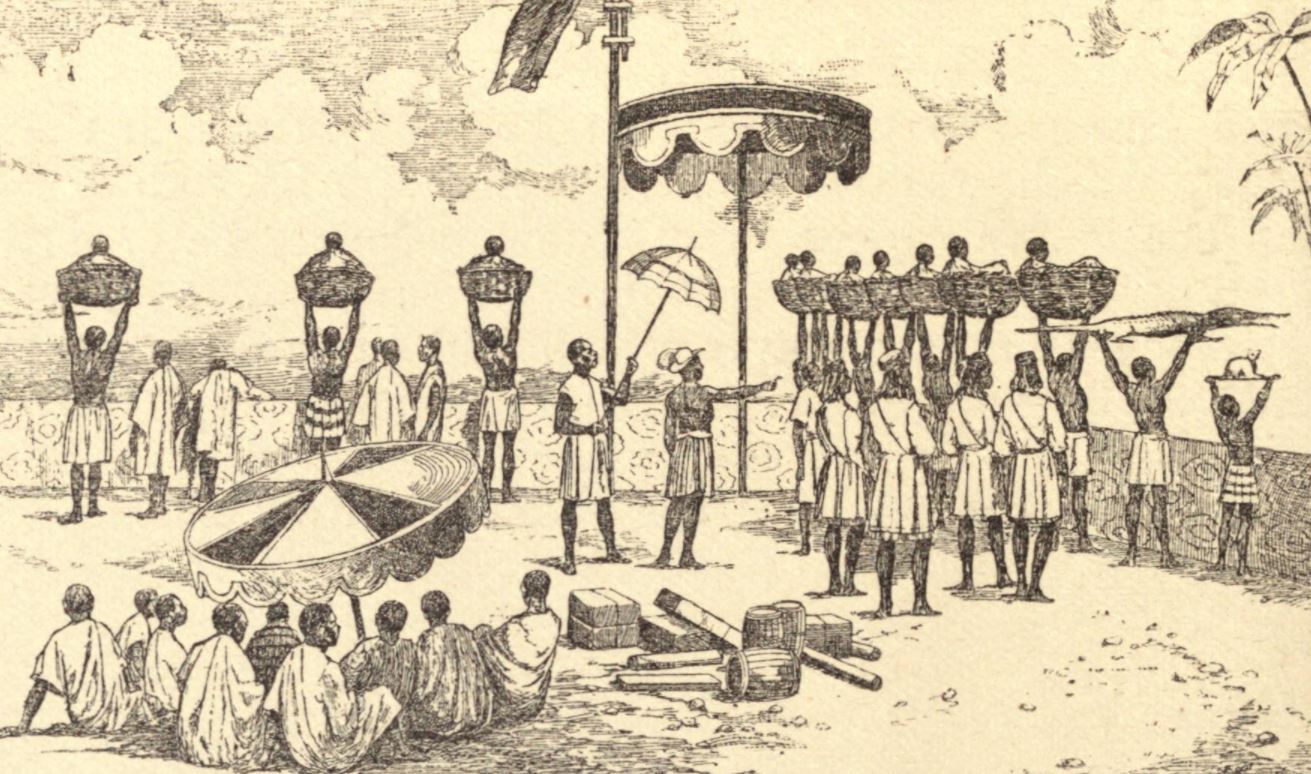
Human sacrifices were a normal part of life
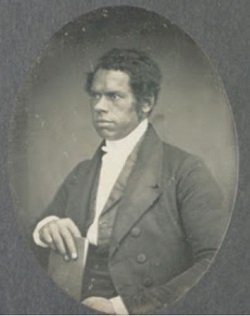
Thomas Birch Freeman
c. 1840s
Introduction
Thomas Birch Freeman, the son of a former slave in England, in 1837 heard an appeal from the Wesleyan Methodist Society for missionaries to the Gold Coast (West Africa). He applied for the position and, having had a solid education, was accepted.
Being advised to first marry before his departure, he married Elizabeth Boot, the white housekeeper at the residence where Freeman was previously employed as the head gardener.
Freeman and his wife landed at Cape Coast on January 3, 1838. He was preceded by a succession of Wesleyan missionaries, beginning with Rev. Joseph Dunwell in 1835, with most of them succumbing to tropical fever (malaria) after only being on the field a few months.
Freeman also came down with the disease but was nursed back to health by his wife. She subsequently contracted the disease, and in less than two months after their arrival, she passed away on February 20, 1838.
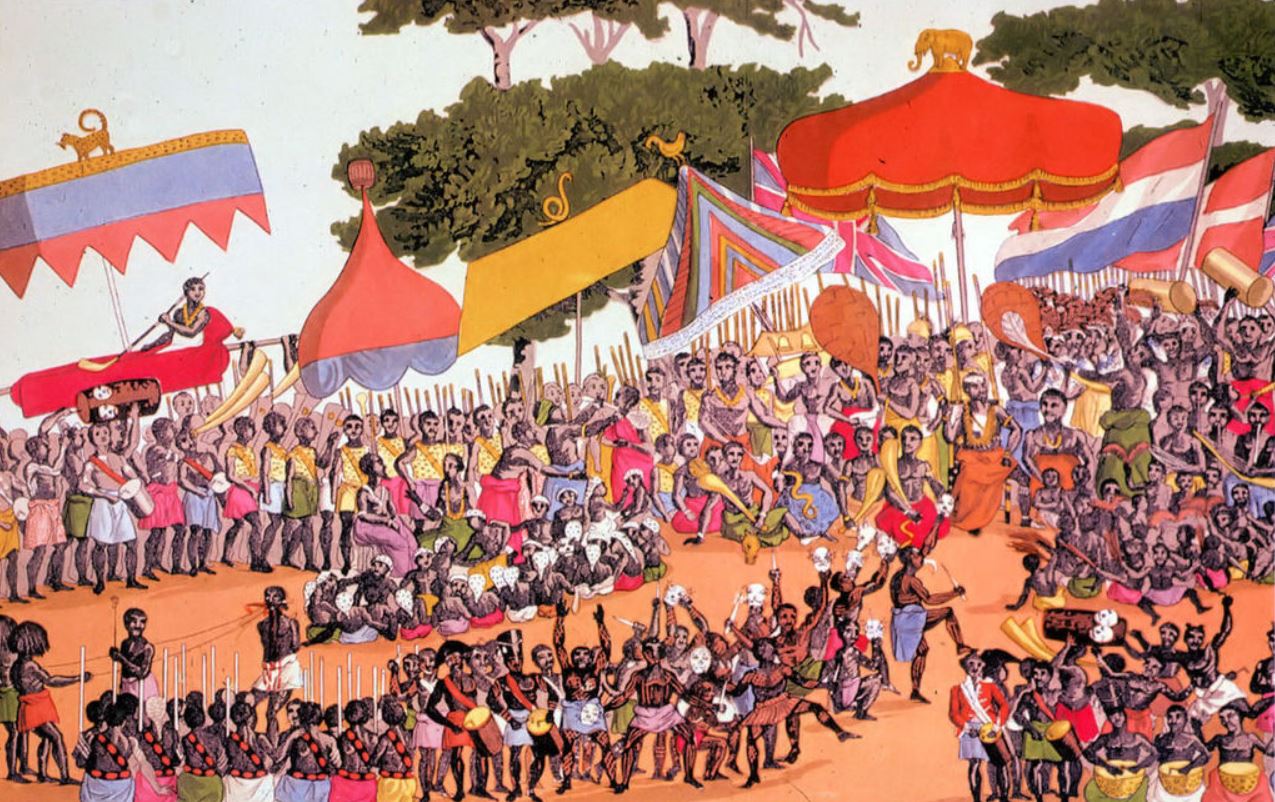
The Work of Thomas Birch Freeman
Freeman’s initial work was building the congregation at Cape Coast where there was a small number of believers through the work of previous missionaries.
Beginning in January of 1839, Freeman began traveling throughout the region, making connections with kings, obtaining permission to set up schools and churches. He has been credited with having helped to start 83 schools plus an unknown number of churches.
Freeman married the English Lucinda Cowan, on November 25, 1840. She died in Cape Coast nine months later, on August 25, 1841. He then married a local Fante woman, Rebecca Morgan, through whom he had 4 children.
The ministry of Freeman was a demonstration of apostolic giftedness, as he directed and influenced the Wesleyan Methodists in the region for 50 years, till his death on August 12, 1890, aged 80.
Freeman’s experiences with adversarial witchdoctors and ruthless kings, as an intermediary forging treaties between local kings and colonial powers, as well as in opposing those engaged in the illegal slave trade, made him a standout among missionary pioneers.
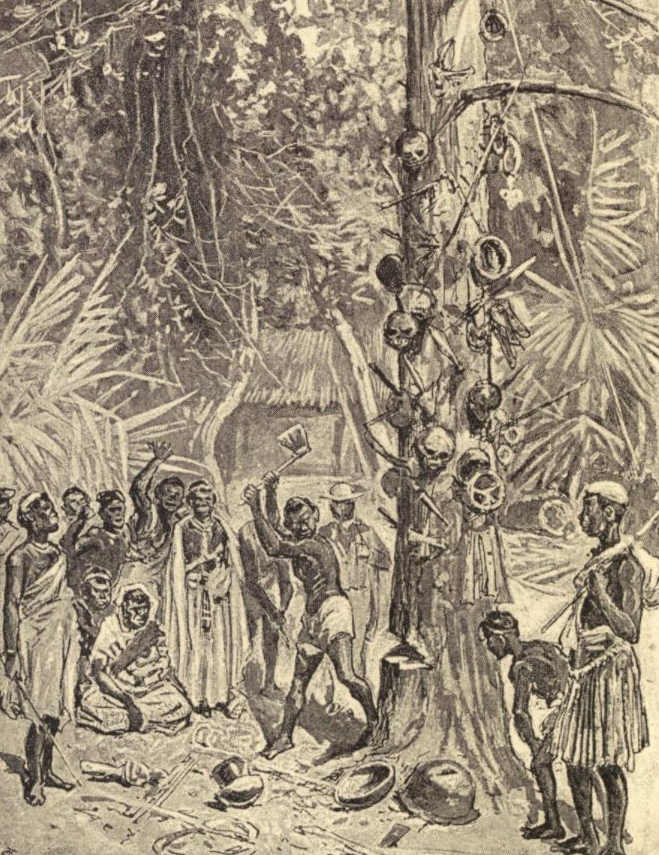
Chopping down a fetish tree
Gold Coast Revival (1875-1878)
The region had experienced many calamities which made the people ripe for the Gospel.
► Ashanti warriors were approaching and threatening the coastal towns.
► English forces pushed them all the way back to Kumasi, leaving it in ruins.
► Smallpox ravaged the population of the Gold Coast for a few years.
Extraordinary Prayer and Anticipation
In early October 1875, Freeman visited Kuntu. It was here that he found the Christians anticipating a move of the Holy Spirit. During his preaching the people were deeply moved and cried aloud. Those responding to the sermon came forward and knelt at the altar, trembling. Those standing had to hold on to the altar to prevent themselves from falling.
A few days later he was at Anamabu, where he conducted the Lord’s Supper with three hundred. The presence of God was so powerful that the people began to cry out for mercy. Many were born again, and following the service many went to the home of a church leader where they continued all night in prayer.
At the following locations similar results were experienced:
► Saltpond
► At Accra every person present in the building became a member of the church.
► At Elmina the chapel was packed, with many others standing at the doors and windows. Freeman said of this occasion:
There was a gracious influence resting on the congregation. We invited penitents to the communion rail, to which they came in crowds. Then the Blessed Spirit brooded over us, and we had a fine revival-meeting. Scores of the congregation were in tears and crying for mercy, and many found peace and joy in believing.
► At Kormantse, during the morning prayer meeting, the people “cried mightily to the Lord for salvation.” After the service Freeman went back to the chapel to perform a marriage for three couples, but there was a delay, as one of the brides had “fallen insensible on the floor under the hallowed fervour of the morning prayer-meeting.”
► Anamabu: While Freeman was busy at Cape Coast, he received a letter from his wife, who had remained at Anamabu. In the letter she said,
Please try and come down again, because yesterday our congregation at the chapel was very much people. Many had to sit outside: it is very wonderful. I have never seen anything like this at any time.
A few days later she wrote again:
I like very much that you will come down. On Monday evening the congregation was the same as on Sundays. While one girl was praying and crying all that were in the chapel trembled. I hope that you will come down and see these wonderful things, and say something to encourage and strengthen their hearts.
In another letter she wrote…
One of our sisters reports that, as she was just now passing along the street she met a group of about twelve heathen people, men and women, from the fishermen’s quarter of the town, who were saying: We will go to chapel to be Christians; we will go to give ourselves to God omnipotent.
► Saltpond: In early December 1875 Freeman was back in Saltpond again, where he baptized 212 people. Around 300 joined the Saltpond church at this time.
► Anamabu: On December 31, 1875, during a watch night service, the presence of God descended powerfully on the congregation.
Stifled sobs soon rose into loud cries all over the chapel. Oh, what a scene! At length I succeeded in giving out and raising the hymn, Sing to the great Jehovah s praise. We sang it through, but in the midst of cries and tears strangely mingled with the harmony.
At 12.30 the meeting closed, but the people would not leave the chapel. They had a special prayer-meeting conducted by the leaders, kept up till 3.30 a.m.
Freeman indicated that what he witnessed in these services, in village after village,
might rank with some recorded in John Wesley s journals.
Here is just one example;
One female adult was much excited at the communion rail, first trembling violently, and at length breaking out into loud cries as though under intense bodily or mental suffering. She seemed to lose her powers of volition, and had to be taken out of the chapel by some of her friends who were present.
On January 20, 1876, there were 260 adults and children baptized. This included entire households.
► Assafa: he baptized 260 converts, including infants and heads of families.

These are some of the areas where the revival’s influence was felt. It was mostly concentrated in the country now known as Ghana.
First Camp Meeting at Kormantse
On Sunday, April 9, 1876, a camp meeting was held at Kormantse. Christians began streaming into the village before daylight. By 10 a.m. there were 1,000 people assembled, and again, similar scenes occurred as in other villages.
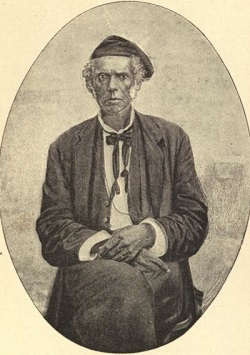
Freeman in later years
Second Camp Meeting at Kormantse
In September 1876 another camp meeting was held at Kormantse, with 2,000 people present. Again the presence of God descended like it had throughout the region in village after village.
At the end of 1877 there were no less than 3,000 people who had been added to the Church, and Freeman himself had baptized 1,500 persons. These, added to the baptisms of the previous year, showed a total increase of close to 4,500 people, and the revival was still continuing.
Freeman’s ministry from 1873 to 1877 yielded four to five thousand believers, with none of them apostatizing (abandoning the faith).
Freeman travelled to village after village, throughout the region, finding the same occurrences.
► Entire villages were turning from their fetishes and idols to Jesus Christ.
► At Mankessim, he baptized many converts near the site of the sacred oracle.
Third Camp Meeting at Kormantse
In 1878 another camp meeting was held at Kormantse. During these few years, 4,000-5,000 people were added to the churches.
Results of the Revival
► Evangelistic teams were formed.
► An Ashanti prince was converted and became an unpaid evangelist.
► There was a continual stream of people turning from traditional religions and joining the churches.
► Many young people were trained for the ministry.
► Methodism spread in Benin, Ghana, and Western Nigeria
Primary Source
► Thomas Birch Freeman: Missionary Pioneer to Ashanti, Dahomey, and Egba by John Milum
Secondary Sources
► Freeman, Thomas Birch (1809-1890) British Methodist Missionary to West Africa by Boston University History of Missiology
► History of the Kingdom of Dahomey by Wikipedia
► Journals of Various Visits to the Kingdoms of Ashanti, Aku, and Dahomi in Western Africa by Thomas Birch Freeman
► Missions in Western Africa by London Wesleyan Methodist Magazine
► The History of the Methodist Church Ghana by Joseph M. Y. Edusa-Eyison
► Thomas Birch Freeman by Wikipedia
► Reverend Joseph Dunwell Remembered by Joseph K. A. Bimpong
Return to List of Revival Stories
Chet & Phyllis Swearingen:
Office: (260) 920-8248
romans1015@outlook.com
Beautiful Feet
P.O. Box 915
Auburn, IN 46706

